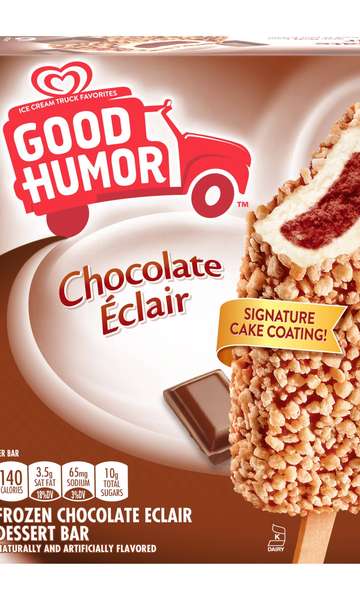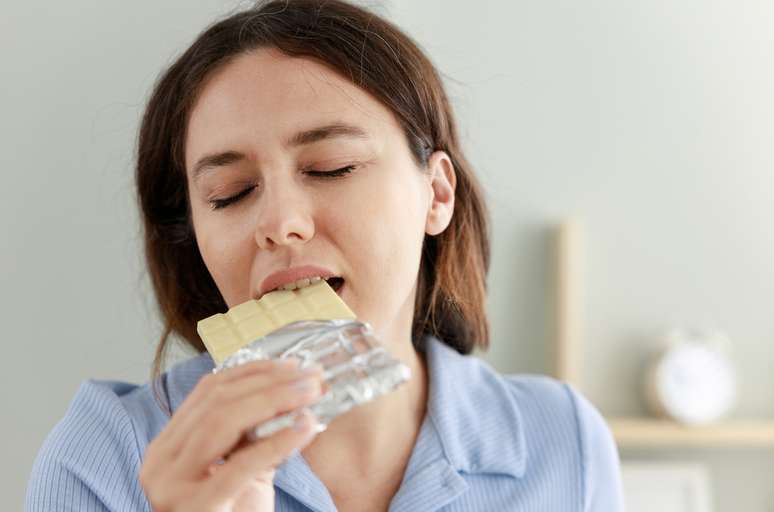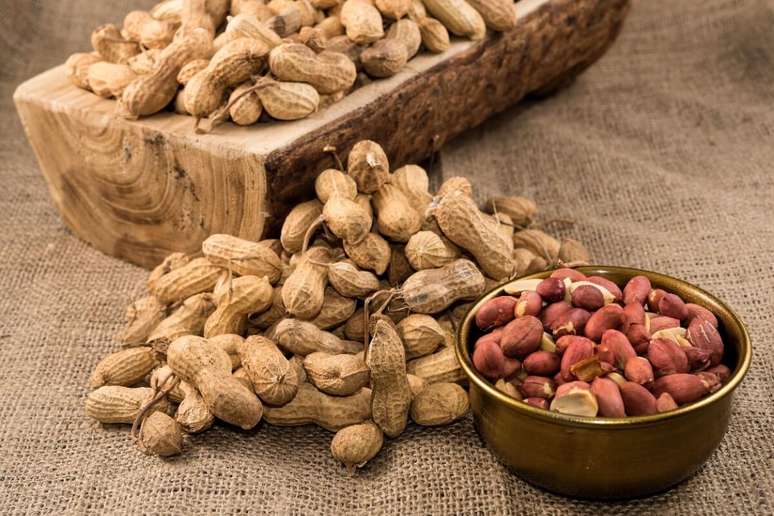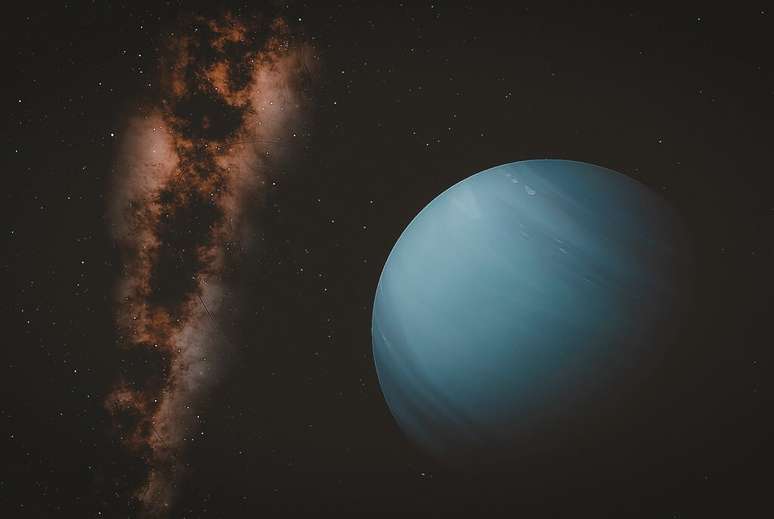The basic recipe originates from cocoa butter, milk and sugar; the result is very different from the industrialized versions
html[data-range=”xlarge”] figure image img.img-d948ada7785f914421541cdde89cc66dn2cg7ldc { width: 774px; height: 512px; }HTML[data-range=”large”] figure image img.img-d948ada7785f914421541cdde89cc66dn2cg7ldc { width: 548px; height: 362px; }HTML[data-range=”small”] figure image img.img-d948ada7785f914421541cdde89cc66dn2cg7ldc, html[data-range=”medium”] figure image img.img-d948ada7785f914421541cdde89cc66dn2cg7ldc { width: 564px; height: 373px; }HTML[data-range=”small”] .article__image-embed, html[data-range=”medium”] .article__image-embed { width: 564px; margin: auto 0 30px; }
“White chocolate is not chocolate.” This premise has long guided chocolatiers and gastronomic journalists from all over the country, so much so that in the traditional tasting of Easter eggs taste, the selection didn’t even give the white champions the chance to compete for the title of best of the year. That was it, period. There was no discussion. In 17 editions only with milk or in the more intense versions, they have been deemed worthy of conquering a place in the sun.
Until, on the occasion of this year’s tasting, we were forced to change course. The best brands of chocolate from bean to bar bring into play, some for the first time, samples of white chocolate. Tell Baianí: His Easter catalog featured not one, but an entire line of white eggs. Whoa! Like this? Have we been wrong all this time?
We were. White chocolate is, yes, chocolate. Also according to the rules of the National Health Surveillance Agency (Anvisa), which establishes that, to be chocolate, the bar “must be composed of at least 25% of total dry cocoa substance”. And these solids include not only the pressed cocoa mass, used as a base for dark chocolates, but also cocoa butter. Clear! With that said, here’s our apologies to white chocolate fans. The prejudice was all ours.
Chocolate maker Luisa Abram, who runs the chocolate brand of the same name, also turned her nose up at the whites. When it debuted on the market in 2014, not even milk versions were part of her portfolio. There, only the intense options were allowed, made with cocoa of Amazonian origin. “But I realized that I was overlooking a big part of the consumers. It didn’t make sense,” she reflects. “Also, you can’t always have a new origin. How many suppliers do you have to have or how many farms produce the chocolate brands? tree to block (who grow their own cocoa) need to offer variety?”
Because the brand doesn’t use flavors, the cocoa beans must be hand-picked to extract the butter, as mistakes, such as over-fermenting the almonds, can impart off-flavors to the butter. “Major industry deodorises low quality cocoa butter to hide these defects. But it is tasteless and without aroma. For us it is important to preserve the sensory characteristics of cocoa in order to have a naturally aromatic and tasty bar”, explain Claudia Gamba and Rogério Kamei , the couple who are responsible for the brand.
Even Baianí does not give up on extracting its own cocoa butter. The process takes place in the São Paulo factory, starting from the cocoa nibs produced on the farm itself, in the Potumuju valley, in Bahia.
Other brands, such as Mission and Luisa Abram, have even tried to extract their own butter, but the process, which is very laborious and with very low yields, has proved unfeasible. They currently buy natural (non-deodorized) butter from Indústria Brasileira de Cacau (IBC).

Are you recognizing it? 16 brands changing names in other countries
Source: Terra
Ben Stock is a lifestyle journalist and author at Gossipify. He writes about topics such as health, wellness, travel, food and home decor. He provides practical advice and inspiration to improve well-being, keeps readers up to date with latest lifestyle news and trends, known for his engaging writing style, in-depth analysis and unique perspectives.








